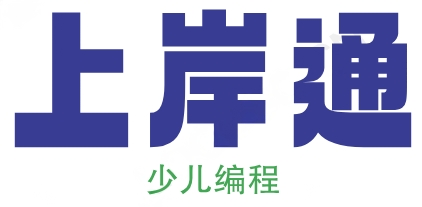乐高与少儿编程的区别在哪里呢英语

Leho and children's programming differ in several key ways. First, their goals vary: Leho focuses on assembling and building robots using pre-set programming modules to make them move, while children's programming explores the core logic of programming languages by breaking down and understanding modules step by step.
In terms of control, Leho requires a strong programming foundation for advanced manipulation, which is hard to build through basic robot learning or scattered knowledge. Children's programming, however, builds this foundation systematically by teaching logic and abstract thinking from the ground up.
Another difference lies in their approaches: Children's programming involves staged lessons that develop logical, abstract, and programming thinking, eventually leading to solving real problems with algorithms. Leho robot education emphasizes hands-on activities like piecing together hardware and constructing models to enhance creativity, imagination, and practical skills.
Overall, Leho combines building with programming to foster engineering skills and teamwork, whereas children's programming centers on logic and problem-solving through tools like Scratch.
乐高与少儿编程的区别在哪里呢视频
乐高和少儿编程在几个方面有不同。乐高机器人涉及组装和搭建模型,主要通过调用预先写好的编程模块让机器人动起来。少儿编程则聚焦于理解编程语言的核心,比如逻辑、算法和语法。操控上,乐高需要较强的编程基础,但这种基础不易从简单操作中获得,而少儿编程直接帮助孩子建立这些能力。实物方面,乐高使用塑料积木、齿轮和零件来构建实体模型,少儿编程更多在虚拟环境中编写代码。另外,有个视频解释这些内容,视频名为“都在上编程课,到底啥是乐高少儿编程、乐高、机器人课程?真的懂吗”。
乐高跟少儿编程有什么区别
乐高主要涉及组装和搭建玩具模型,比如用塑料积木、齿轮和零件来创造机器人或其他物件,目的是让孩子们通过调用预设的编程模块来让机器人动起来。少儿编程则聚焦于学习编程语言的核心部分,例如算法、逻辑和语法,帮助孩子们理解代码的内部结构和解决问题的方法。乐高强调动手操作和空间认知,比如拼装机械组件,适合6到10岁的孩子作为入门。少儿编程更多依赖软件工具,如Scratch或Python,针对8岁以上的孩子,提升逻辑思维和分析能力。乐高通常需要物理零件来实践,而少儿编程可以应用在各种软件场景中,不限于机器人。乐高的操控可能要求一定的编程基础,但这种基础往往是通过零碎方式获得;少儿编程则系统地从图形化语言逐步深入到更高级的语言。
乐高和编程的课程是一样的吗
不是一样的。乐高课程主要涉及组装积木和搭建模型,比如用塑料积木、齿轮和零件来构建机器人,目的是让孩子们通过调用预设的编程模块来让模型动起来。编程课程则更注重探索编程语言的核心,比如学习算法、逻辑和语法,帮助孩子们提升问题解决能力和逻辑思维。它们在操控方面也有不同,乐高通常用图形化工具适合初学者,而编程需要更扎实的基础来处理复杂指令。







